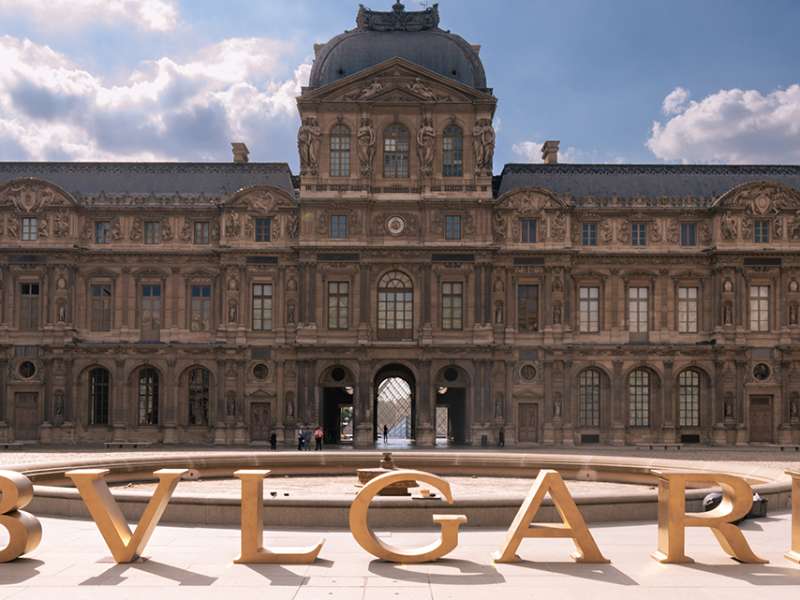Founded in 1911, Tsinghua University in Beijing isn’t only an ideal place to receive an excellent education - it’s considered the Chinese Harvard - but it’s also great for a stroll across its verdant Campus dotted with remarkable architecture from numerous historical periods. The uniqueness of the Campus derives from the place upon which the university was built - the Imperial Gardens of the Qing Dynasty - but also the numerous buildings which, having been added during the various phases of development of the Campus, offer a rich stratification of history and architecture, making it an open-air museum, a place in which nature, history and innovation all come together. At this ideal hub for study and research, the classrooms, the homes to the various faculties and the recreational areas, all speak of the evolution of this institution, such as the Tsinghua Xuetang Building, the construction of which began in 1909 when the government of the Qing Dynasty allocated the area dedicated to the construction of the Campus of the Bureau of the Educational Mission of the United States. This rare example of architecture belonging to the first group of classrooms is situated a short distance from the auditorium, a work from 1921 by an American architect and designed to mirror that of the University of Pennsylvania. Surrounded by a Greek and Roman style colonnade, it is one of the most iconic buildings, the heart of the university, along with the gate situated south of the great lawn in front of the auditorium, the historical access point to the area, the dividing line between the calm of the Campus and the hectic city. Signs of the architecture from the Qing era are also visible in the Gongziting complex and in its traditional garden which boasts of 400 years of history. However, the Campus is also home to contemporary buildings, such as the new University Museum, situated just a short walk from the Academy of Art and Design and the library, both designed by Switzerland’s Mario Botta. So take a walk across this Campus where every building represents a piece of personal and collective history.

Last night, Bvlgari celebrated the launch of Masterpieces from the Torlonia Collection, a new exhibit at the Louvre. As a supporter of the Torlonia collection ...